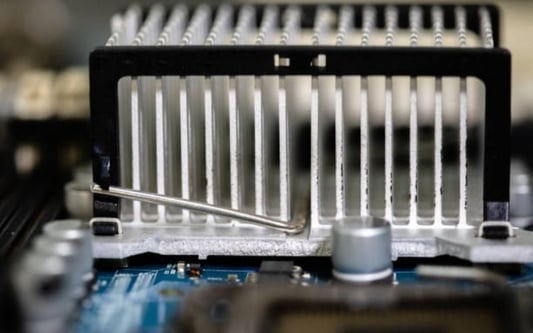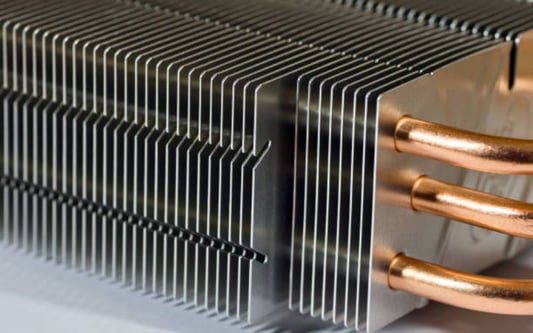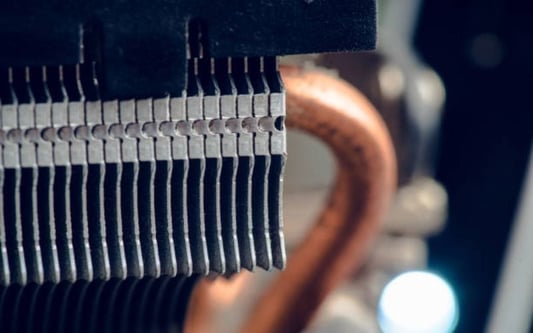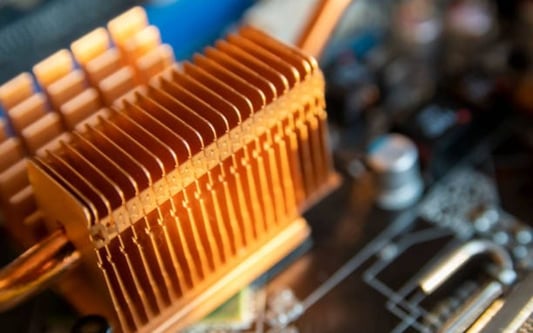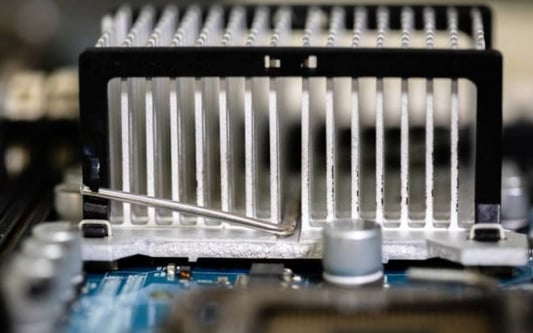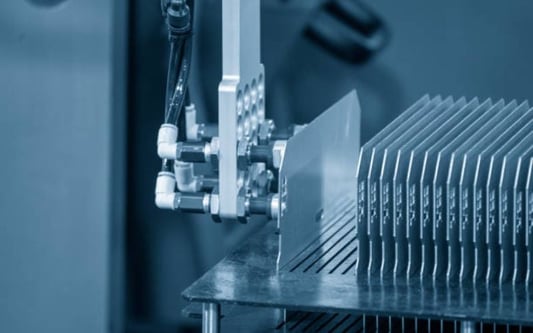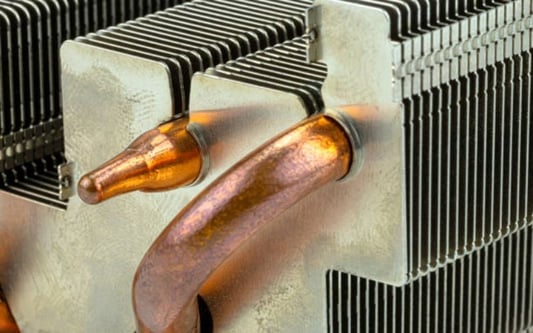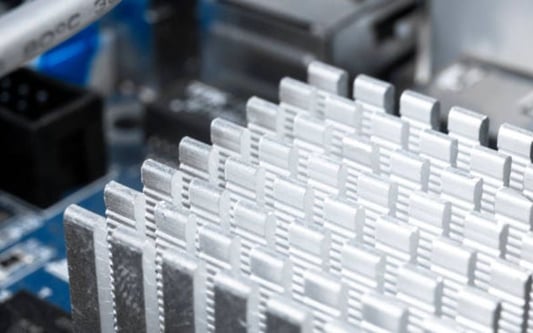Has your computer been running slow lately? Have you been experiencing overheating or random shutdowns? These issues may be a sign that your computer's heat sink needs to be cleaned. In this article, we will provide you with tips on how to inspect and clean your heat sink. What is a Heat Sink?A heat sink is an essential part of your computer's cooling system. It is designed to dissipate heat generated by your computer's CPU (Central Processing Unit). If the heat sink becomes clogged with dust or debris, it will impede the flow of air and reduce cooling efficiency. Overheating can cause severe damage to your computer, including data loss and hardware failure Why Should I clean my heat sink??If your computer's heat sink is dirty, it will not be able to perform its job effectively. An accumulation of dust and debris on the heat sink will impede the flow of air and reduce cooling efficiency. This can cause your computer to overheat, leading to system instability, data loss, and other issues. Cleaning your heat sink is crucial to prevent costly hardware repairs and prolong the life of your computer.How To Inspect Your Heat SinkThe first step in determining whether your heat sink needs cleaning is to inspect it. To do this, you will need to open up your computer. Make sure you have unplugged the computer and discharged any static electricity by touching a metal object before you begin. Look for the heat sink, which will be a large metal block with fins. If you cannot locate the heat sink, consult your computer's user manual or research online for guidance. Once you have located the heat sink, visually inspect it for dust and debris. You can also check the temperature of your computer using diagnostic software. High temperatures are a sign that your heat sink may need to be cleaned.How To Clean Your Heat SinkCleaning your heat sink is a straightforward process, but it does require some caution and attention to detail. First, you will need to gather the necessary tools: compressed air duster, soft-bristled brush and a lint-free cloth. Next, use the compressed air duster to blow away dust and debris from the heat sink's fins. Make sure you hold the can upright and at a safe distance from your computer to avoid damaging your hardware or discharging moisture. Follow up by gently brushing away any stubborn dirt and wiping off any excess debris with a lint-free cloth. How Often Should I Clean My Heat Sink?The frequency with which you should clean your heat sink depends on various factors such as the environment you use your computer in, how often you use it and whether you have pets. As a general rule of thumb, it is recommended that you clean your heat sink every 6 to 12 months. For more frequent use, or if you have pets, you may need to clean it more often. Other Tips for Keeping Your Computer CoolIn addition to cleaning your heat sink regularly, there are other measures you can take to keep your computer running cool and efficient:Use your computer on a flat, hard surface to allow air to circulate freely.Avoid using your laptop on your lap or cushion which can restrict airflow.Do not block the air vents on your computerInvest in a cooling pad that helps to lower your computer's temperature.Ensure that your computer's fans are running correctly and replace them if they are not.ConclusionRegularly cleaning your heat sink is an essential maintenance task that every computer owner should know how to carry out. Over time, dust and debris buildup can reduce your computer's cooling efficiency, the root cause of several performance issues. By following the steps outlined in this article, you should be able to keep your heat sink clean and your computer running smoothly.Quote InquiryContact us!


